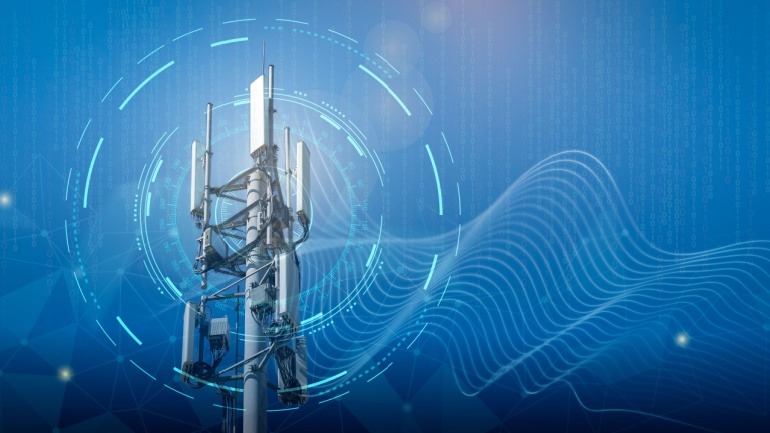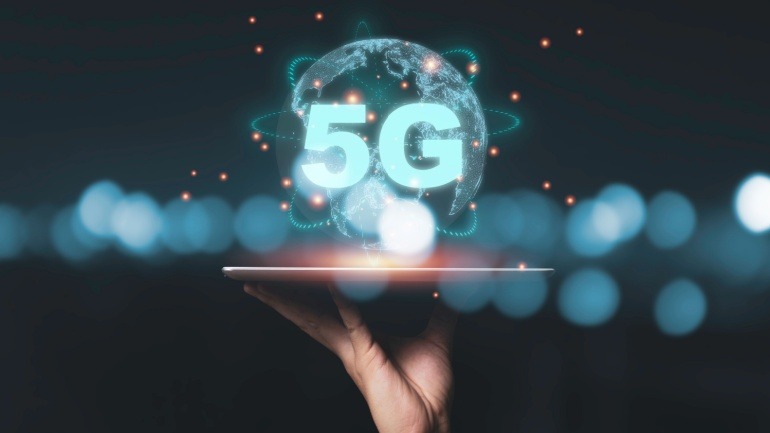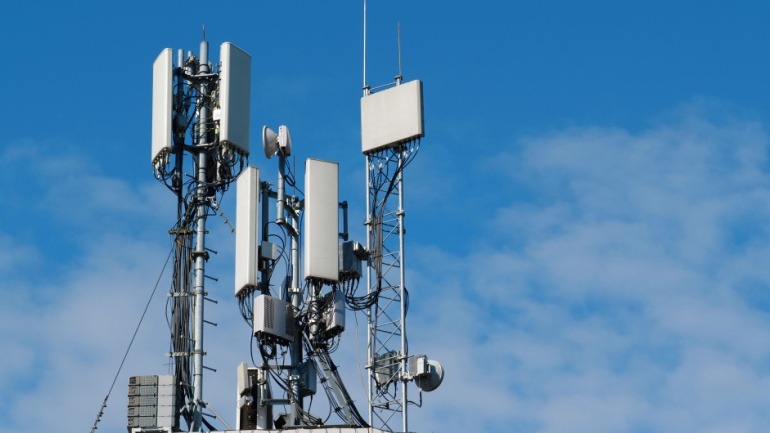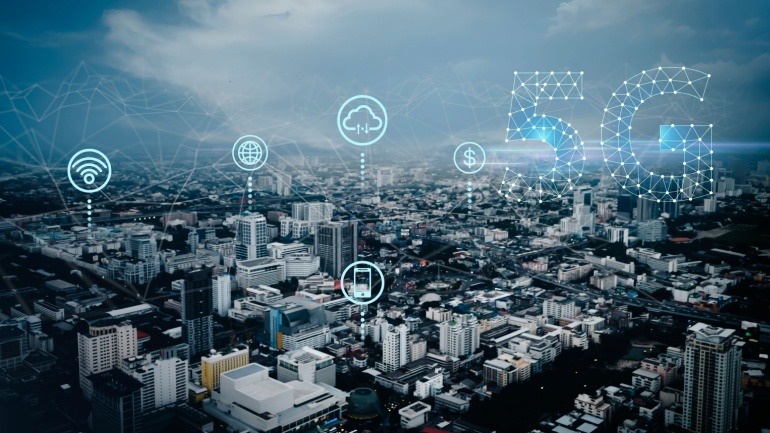Singtel has pioneered the deployment of the 700 MHz spectrum, enhancing its 5G service and marking a significant milestone in Singapore’s telecom landscape. This upgrade boosts the Singtel 5G+ service, strengthening signals by 40% across challenging environments like high-rises and underground areas.
Samsung Electronics is enhancing UScellular’s 5G network in the Mid-Atlantic with its innovative 5G technology, focusing on fixed wireless access and mobile traffic. The deployment of the 5G Compact Macro simplifies installation and delivers high-speed, low-latency service, crucial for mmWave connectivity.
The Telecom Regulatory Authority of India (TRAI) is making waves in the VoIP and telecommunications sector with new proposals for mmWave spectrum auctions, aimed at enhancing 5G services. By reducing spectrum prices, TRAI hopes to drive greater adoption. This strategic change is set to transform VoIP infrastructure in India, maintaining focus on future advancements.
Nokia has strengthened its partnership with Orange France in a new four-year deal focused on enhancing 5G radio infrastructure. This collaboration leverages Nokia’s energy-efficient AirScale portfolio to improve network speed, capacity, and performance.
Ericsson has partnered with Ooredoo Qatar to deploy advanced 5G technologies, including AI-driven RAN, Massive MIMO radios, and high-capacity microwave backhaul. The collaboration enhances connectivity, expands 5G coverage, and enables future 5G-Advanced integration.
EE has extended its partnership with the Home Nations Football Associations and Wembley Stadium until 2028, cementing EE’s role as the exclusive lead partner. This extension underscores EE’s commitment to investing in UK football, enhancing fan experiences with advanced 4G and 5G connectivity.
DNB and Edotco Group have successfully rolled out a private 5G network at Kuala Lumpur International Airport, enhancing connectivity for travelers. This move underpins Malaysia’s commitment to advancing 5G and aligns with strategies to improve indoor connectivity.
LexisNexis has launched the “Cellular Verified” initiative to enhance 5G patent data accuracy in the telecom sector. Collaborating with over 30 leading companies, the program achieves 99.9% data precision by verifying patents against ETSI records.
StarHub partners with Nokia to monetize 4G/5G networks, enabling enterprises to optimize applications via network APIs. Using Nokia’s “Network as Code” platform, developers gain streamlined access to network functions, fueling innovations across banking, finance, and logistics.
U Mobile is ambitiously spearheading Malaysia’s second 5G network rollout, notably without state funding or local partnerships. Led by Tan Sri Vincent Tan, the company aims to deploy 5G within 15 to 18 months.













